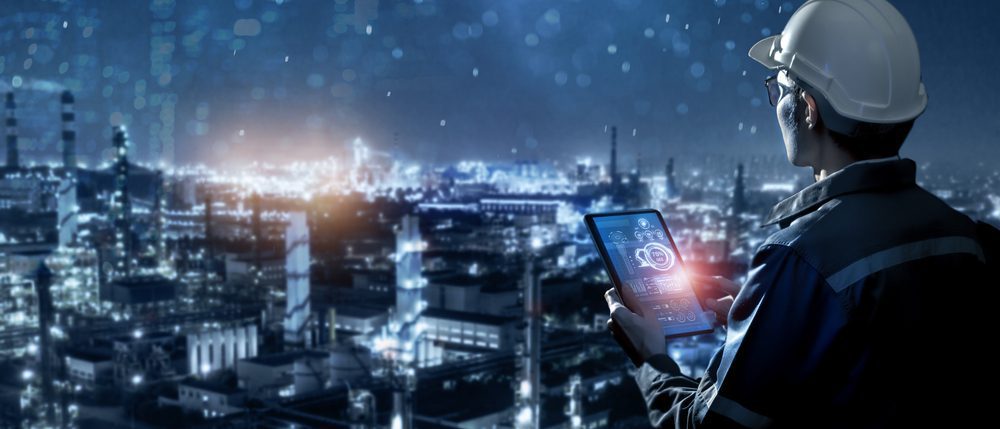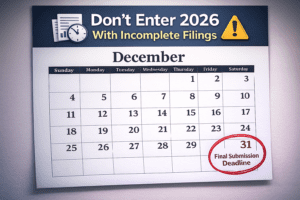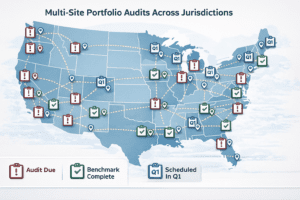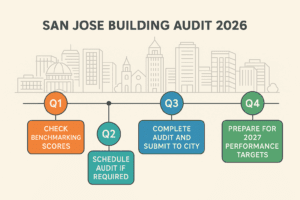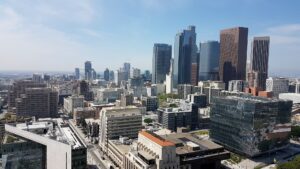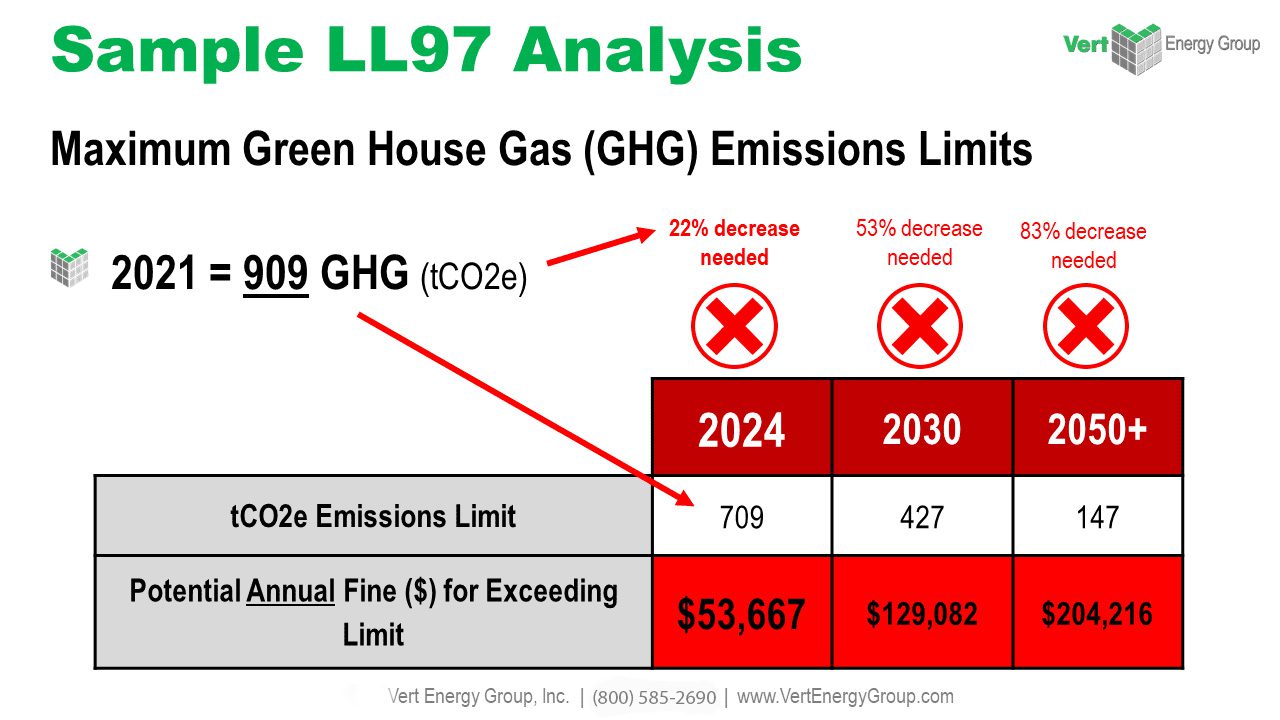Local Law 97 (LL97) is a significant piece of legislation that is set to transform New York City’s building landscape. Passed in 2019, this law sets ambitious carbon reduction targets for buildings over 25,000 square feet (about four times the area of a basketball court) in size. In this blog post, we will explore how LL97 is being implemented, its impact on buildings and the city, and what the future of energy efficiency laws may look like in NYC.
I. Introduction
When it comes to combating climate change, energy efficiency is a crucial problem. The answer to which is New York City’s Local Law 97 (LL97). This regulation establishes challenging goals for energy efficiency improvements and carbon reductions in the city’s largest structures. The objective of LL97 is to lower the carbon footprint of the city, enhance air quality, and lower energy expenses for building owners and occupants. The participation of building owners and managers in undertaking the required renovations and enhancements to their facilities is essential to the success of LL97.
II. Overview of LL97
According to Local Law 97, structures larger than 25,000 square feet (about four times the area of a basketball court) must adhere to strict carbon emission standards. These goals are determined per-square-foot based on the occupation group of the building. Buildings that do not fulfill these goals will be liable to heavy fines starting in 2024.
The bill establishes precise goals for reducing carbon emissions, which will be implemented gradually. Buildings must cut their carbon emissions by 40% by 2030 compared to their baseline year of 2005 and 80% by the year 2050. Building owners will need to invest in energy efficiency improvements and other steps to lessen their carbon footprint to meet these goals.
III. The Impact of LL97 on Buildings and the City
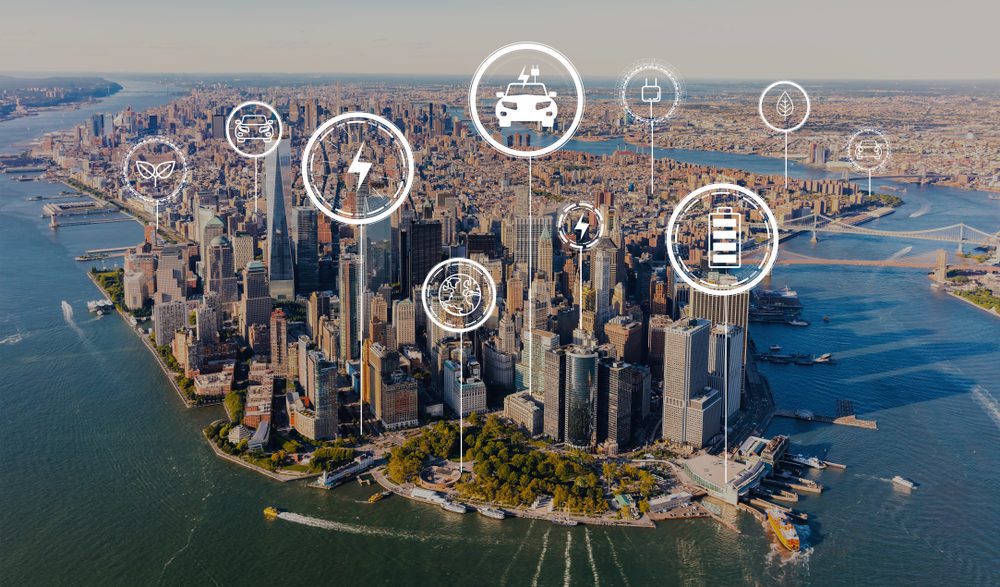
The implementation of Local Law 97 has far-reaching impacts on both New York City and its buildings. Beyond the environmental benefits of reducing greenhouse gas emissions, the law is also expected to stimulate job growth in the construction and energy efficiency industries. By mandating the retrofitting of older buildings, LL97 creates opportunities for contractors and energy consultants to work with building owners to achieve compliance. This results in new jobs, increased demand for sustainable building materials, and overall economic growth for the city.
The possible decrease in energy expenses for both building owners and occupants is another key effect of LL97. The regulation can result in considerable long-term energy cost reductions by mandating the installation of energy-efficient modifications like HVAC and lighting. Renters may also have decreased utility costs as a result, which may increase the city’s housing affordability.
Despite the potential benefits, complying with LL97 can present significant challenges for building owners, particularly those with older buildings. Retrofitting these buildings to meet the law’s requirements can be expensive and require substantial upfront investments. Owners may also struggle to secure funding for these upgrades, which can present a barrier to compliance. In addition, the penalties for non-compliance are significant, with fines ranging from $268 to $26 per square foot of building area per year. This can put significant financial pressure on building owners to achieve compliance, especially for those with limited resources.
IV. The Future of Energy Efficiency Laws in NYC
While Local Law 97 is a significant step towards improving energy efficiency in New York City’s buildings, it is just one piece of the puzzle. There are several other proposals and pieces of legislation under consideration that could impact the city’s environment and energy consumption.
One such proposal is the Building Energy Efficiency Rating Label (BEERL), which would provide a rating system for the energy efficiency of buildings. This label would give prospective buyers, tenants, and building owners information about the energy performance of a structure, which could influence their choices and encourage building owners to implement energy efficiency improvements. The BEERL system would work in conjunction with LL97 to further incentivize building owners to invest in energy-efficient upgrades and help the city meet its emissions reduction goals.
Another potential action is the expansion of LL97 to cover smaller structures. Currently, the law only applies to buildings larger than 25,000 square feet (about four times the area of a basketball court), but there have been discussions of extending its application to buildings larger than 10,000 square feet (about twice the area of a basketball court). This would result in more buildings being subject to the law’s requirements, which could help further reduce the city’s greenhouse gas emissions. However, it could also present challenges for building owners of smaller structures who may struggle to comply with the law’s requirements due to limited resources and funding.
In addition to these recommendations, several additional items of legislation are being thought about that may affect the city’s energy efficiency. Bills aiming at promoting the use of renewable energy in buildings, enhancing the energy efficiency of affordable housing, and offering incentives for energy-efficient improvements are some examples of these. These initiatives show New York City’s dedication to lowering its carbon footprint and establishing a more sustainable built environment.
V. How Building Owners Can Prepare for LL97 and Future Energy Efficiency Laws
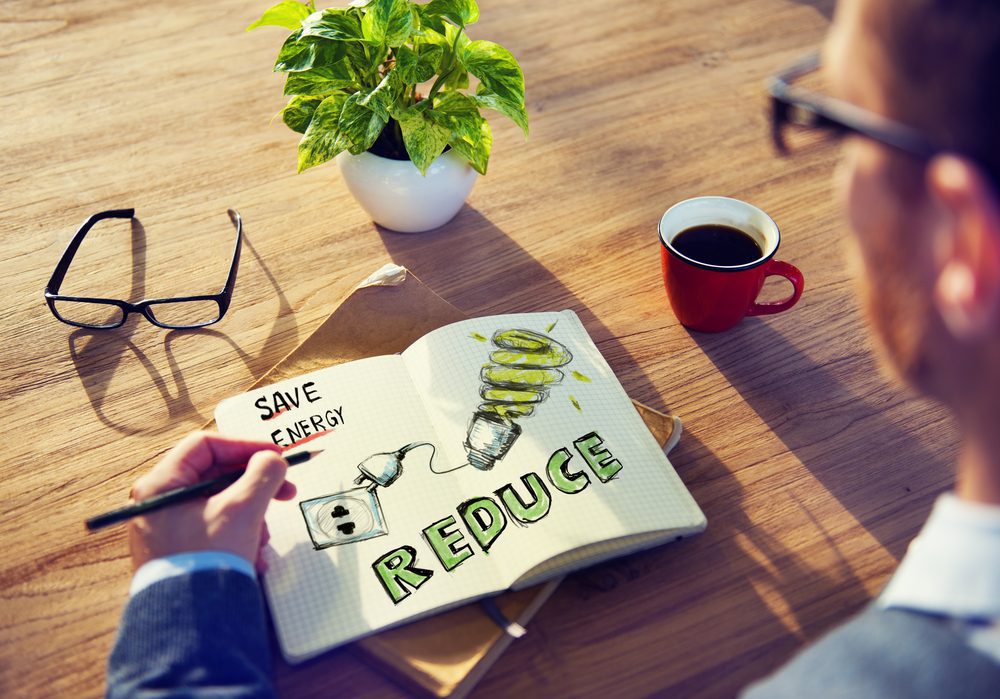
For building owners who are subject to LL97 and other energy efficiency laws, preparation is key. Here are some tips for building owners to help them prepare for compliance:
1. Conduct an energy audit: To determine which areas require energy efficiency upgrades, building owners should conduct an energy audit. The building’s HVAC system, lighting, and other energy-consuming systems should all be evaluated as part of this audit. Building owners can order improvements and investments based on the audit’s suggestions after it is finished.
2. Invest in energy-efficient upgrades: Building owners should invest in energy-efficient upgrades to their buildings to meet LL97’s requirements. This could include upgrading HVAC systems, lighting, windows, and insulation, among other things. While these upgrades can be expensive, they will lead to energy cost savings over time.
3. Explore available resources and incentives: There are several resources and incentives available to help building owners comply with LL97 and other energy efficiency laws. For example, the New York State Energy Research and Development Authority (NYSERDA) offers a variety of programs and incentives to support energy efficiency upgrades. Building owners should explore these resources to help offset the costs of compliance.
4. Work with an energy consultant: Building owners can work with an energy consultant to help them navigate the complexities of LL97 compliance. These consultants can help identify energy efficiency opportunities and provide guidance on how to implement upgrades in the most cost-effective way.
5. Consider renewable energy options: Considering sources of renewable energy Consider adding sustainable energy sources to your structures: Building owners may want to consider incorporating wind or solar energy into their buildings. This might reduce carbon emissions and energy costs in addition to providing a long-term energy solution for the building.
VI. Conclusion
Local Law 97 is a significant step forward in the fight against climate change and improving energy efficiency in New York City’s buildings. While compliance with the law can be challenging, building owners have several resources and incentives available to help them meet the law’s requirements. As the city continues to evolve its energy efficiency laws, building owners should stay informed about new initiatives and work to stay ahead of compliance requirements. By doing so, they can reduce their carbon footprint, save on energy costs, and contribute to a more sustainable future for the city.
Want to know more about NYC Local Law 97 and make sure that your property meets its requirements? Contact us at Vertpro.com! We are an award-winning Energy Benchmarking and Audit Consultancy, recognized on Inc. 5000, providing innovative SaaS technology-based solutions for Building Owners & Property Managers to Simplify Energy Compliance with all 50+ Energy Benchmarking & Energy Efficiency Laws Nationwide. From Energy Benchmarking to Energy Audits/RCx Plus and Construction Marketplace, VertPro® has you covered.
